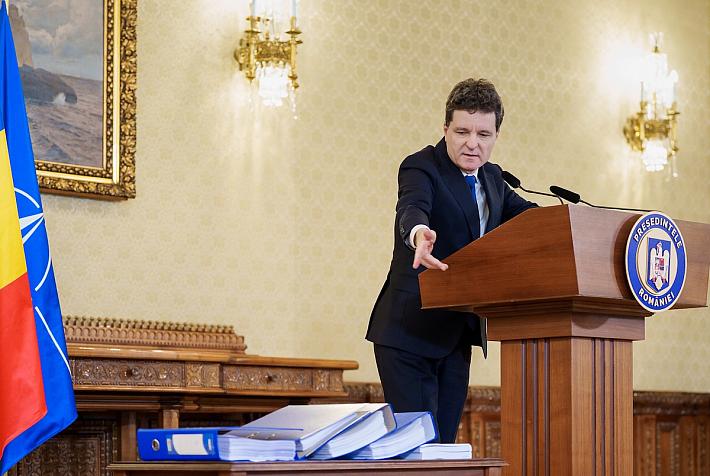Banca Transilvania sees higher NPL ratios in RO, lower than after 2008 though

The quality of Romanian banks' portfolios could deteriorate in the short term, amid the pandemic. Still, the rate of non-performing loans (NPL) will not rise to the levels seen after the 2008-2010 recession, argued on an optimistic note Andrei Rădulescu, head economist of Banca Transilvania.
Both the real economy and the banking sector are much better positioned, he explained.
The NPL rate under standard EBA methodology fell in May to 4.01%, from 4.04% in April, Romania's National Bank (BNR) announced.
The Romanian banks were not reporting NPL ratios under EBA when the credit crunch hit them in 2008.
The central bank designed ad-hoc policies to force banks to bring non-performing loans to surface in the years after, and the NPLs were for the first time reported in the autumn of 2014. At that time, the NPL ratio was around 21%, meaning that one-fifth of the loans were non-performing.
In 2008, when Romania's economy entered a recession, the share of overdue loans stood at 4.3% (under the national methodology). They rose to 22% in 2013, then dropped to 20% in 2014 and 14.5% in 2015.
"We anticipate an increase in the rate of non-performing loans in the short term, amid adjustments specific to the transition from the post-crisis economic cycle to the post-pandemic economic cycle. However, we do not expect an increase towards the levels registered after the Great Recession, given the relaxed mix of economic policies, the very solid position of the banking sector, and the potential held by most sectors of the domestic economy," said Rădulescu, quoted by Ziarul Financiar.
(Photo: Lenutaidi/ Dreamstime)
editor@romania-insider.com













